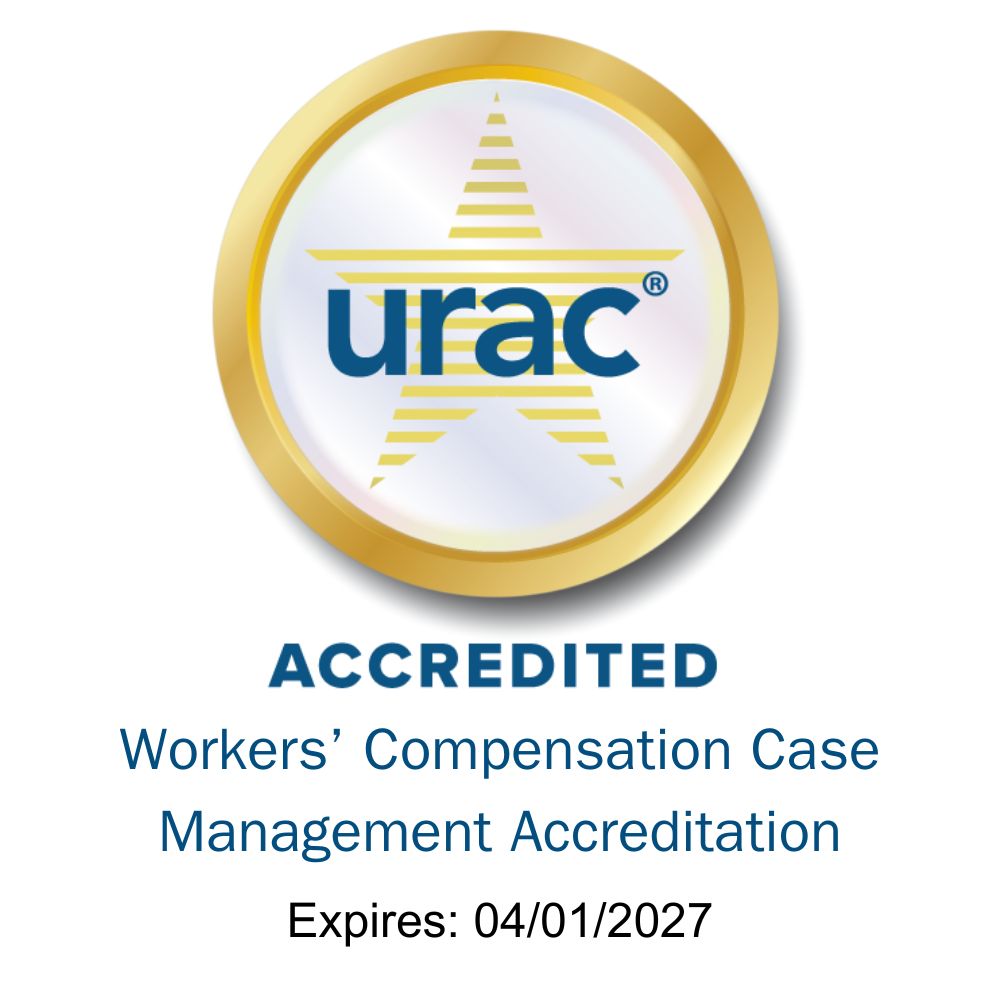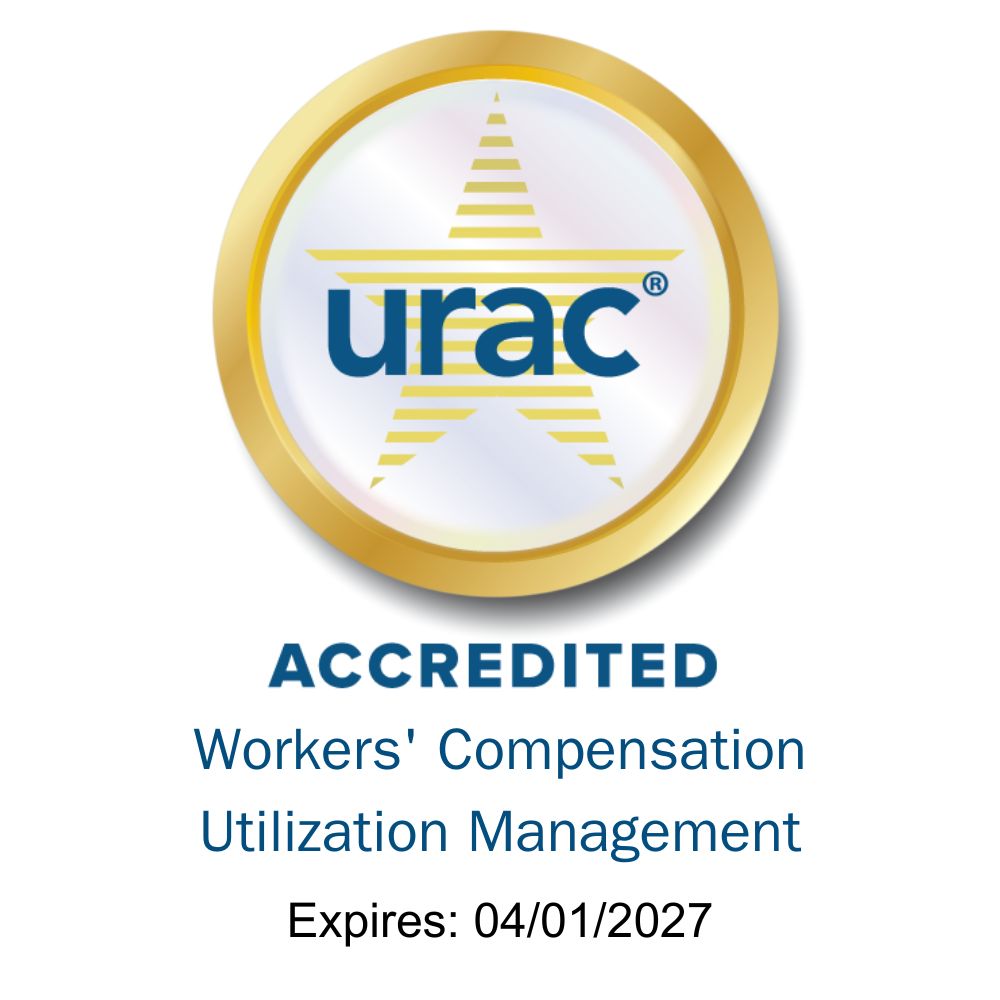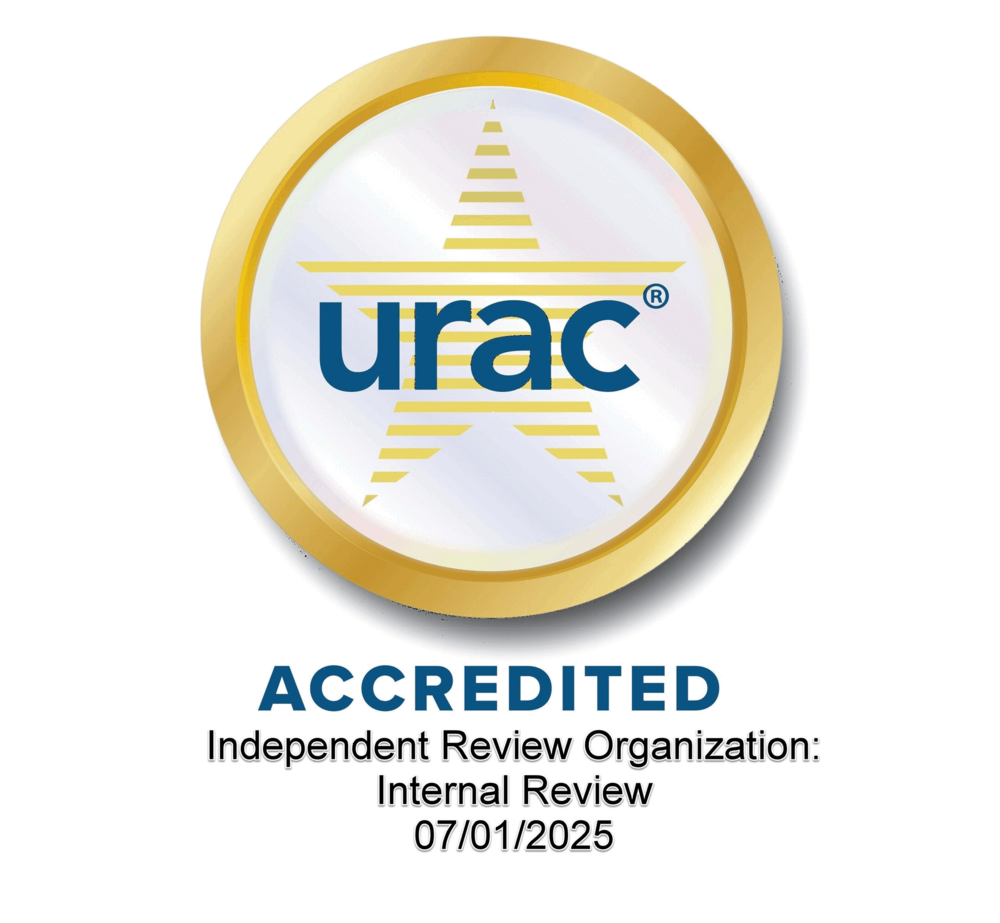Looking for Genex? You’re in the right place! All the injury management resources you have come to expect from Genex are available here at Enlyte. Be sure to check out our adjuster resource hub for more!
Injury Management Solutions
Expert Support for Optimal Recovery and Timely Return to Work
We offer services to help injured or ill individuals from the time of injury through recovery. Our comprehensive suite of services is designed to improve outcomes, contain costs, and ensure everyone receives the right care at the right time.
2000+
Directly Employed Case Managers
17
Specialty Case Management Solutions
Highly Specialized Services for Managing Complex Claims
40+
Years of Clinical Experience
URAC Accredited
URAC offers a wide range of quality benchmarking programs that reflect the latest changes in health care and provide a symbol of excellence for organizations to showcase their validated commitment to quality and accountability.
Genex ClinicalCare24™
Immediate access to 24/7 nurse triage helps employers direct injured employees to the most appropriate level of care—whether it’s self-care, urgent care, or emergency treatment—reducing unnecessary ER visits and claims costs. Our highly trained nurses provide real-time guidance, ensuring the best possible outcomes from the moment an injury occurs.
Genex Telephonic Case Management
For cases requiring proactive medical oversight, our telephonic case managers intervene early to assess injuries, guide treatment decisions, and ensure adherence to medical care plans. Through AI-driven insights and clinical expertise, we help adjusters make informed decisions while reducing unnecessary costs and delays.
Genex Field Case Management
When an injury becomes complex, our nurse case managers provide in-person support to facilitate timely treatment, coordinate care plans, and help injured employees return to work safely. By bridging communication between all stakeholders—injured employees, physicians, employers, and adjusters—we help prevent delays and optimize recovery.
Genex Utilization Review
Our utilization review services ensure that all medical treatments align with evidence-based guidelines and regulatory requirements. With a focus on compliance, cost containment, and timely approvals, our expert team supports adjusters and claims professionals in making informed medical determinations.
Industry Trends and Insights
Get the latest insights and industry updates you need to know.
Let's connect
Let's Build a Smarter Injury Management Strategy Together
Enlyte is more than just a service provider—we’re a trusted partner in injury management. Whether you need early intervention telephonic case management, in-depth field case management support, or expert utilization review, our team is here to help optimize claims, reduce costs, and support recovery every step of the way.



